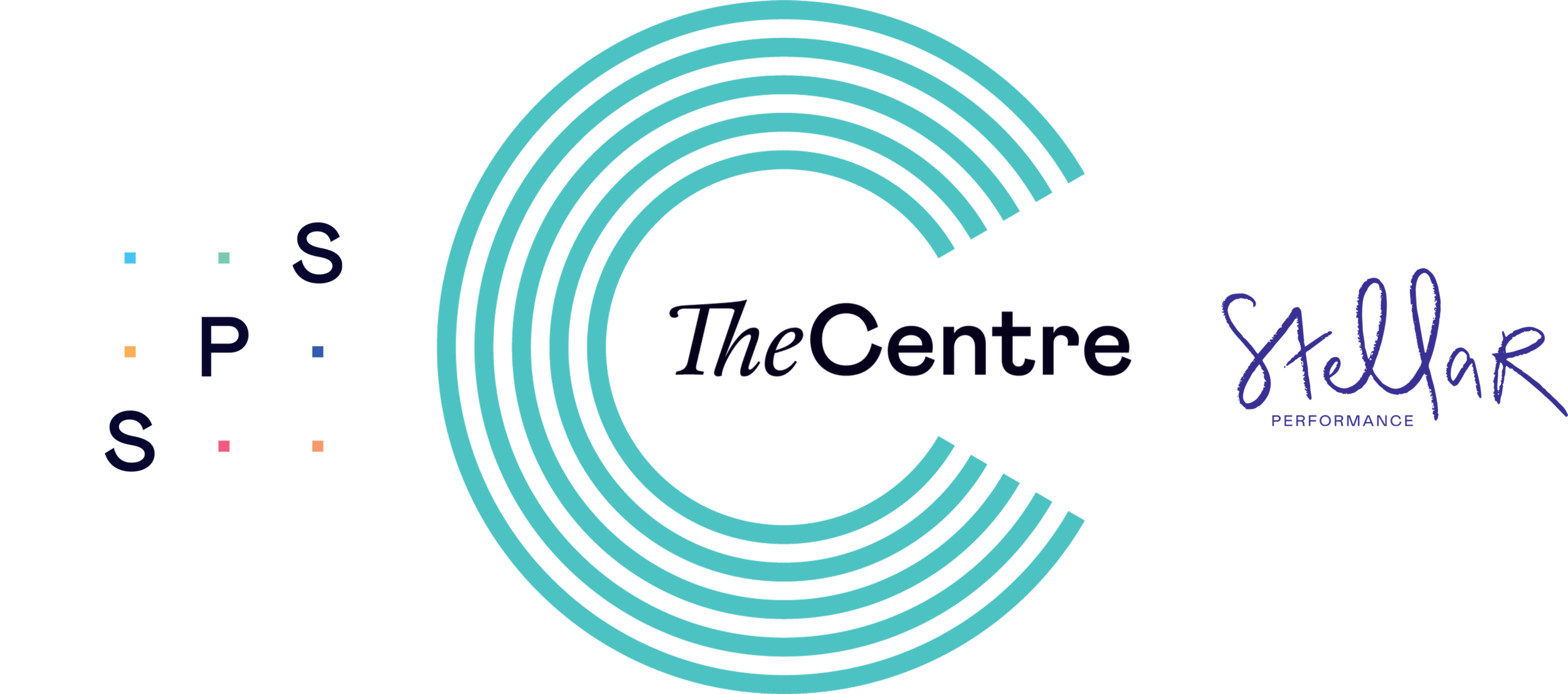O - Origin - Fasciae
All muscles are enveloped by fasciae which blend, communicate and coordinate the fibrocytes at its core. Fasciae combine to form tendons and thereby attach the muscle to bones, which blend into the periosteum another fascial structure. All of these attachments are constructed from a variety of fascia or connective tissue. Each attachment has been modelled by the amount of stress, stretch and force placed on it by fascia and the muscles use. The muscles themselves developing through maturation - nature & nurture.
How does this configuration and development of connective tissues impact on the therapist? What impact does the choice of massage and soft tissue skills have on this structure?
Firstly lets consider the structure of connective tissue. The 3 main components are “Ground substance”, “Fibres” & “Cells”. The composition of these three elements determines the type of connective tissue how it reacts to ‘stressors’ and thereby creates its main function. The functions commonly associated with connective tissue include, Protection, Support, Binding, Storing reserve fuel & transporting substances within the body.
The fibres are commonly divided into three types Collagen, Elastic & Reticular. The fibres and Ground substance are together called the extracellular matrix. The role of each fibre type differs and the quantity in any connective tissue helps identify the structures function. For example collagen fibres are the strongest and most abundant, their protein configuration provides tensile strength to the structure, such as tendons and ligaments.. Whereas Elastic fibres are long and thin and form a network in the extracellular matrix allowing for stretch & recoil, surrounding muscle fibres. The reticular fibres are shorter and form a more delicate network within the extracellular matrix allowing storage (especially hyaluronic acid) and transport of substances within the body. A little like extra ‘packing’ insulating and protecting the structure. The ground substance is a viscous fluid composed of proteoglycans and adhesion proteins. Substances travelling between blood capillaries and cells are essentially sieved within this ‘glue’ - oxygen and food fuels in, waste products out.
To understand the structure will help inform the therapist of the role it plays and therefore the type of massage & soft tissue intervention it might require to either return it to its desired function or encourage a return to function through adaption.
It’s clear that connective tissues regardless of their specific ratio of extracellular matrix to cells and therefore their role, they must continuously be able to ‘move’ or ‘slide’ in order to allow diffusion of substances, mobility of structures and create tensile strength. This movement is often seen as ‘whole structure’ movement of muscles yet the most important aspect of connective tissue construction is the ability of different fibres and cells to ‘move’ at a cellular level and allow the diffusion of substances for homeostasis and subsequent tissue health. Here in lies the key to massage & soft tissue therapy the maintenance of the fluid, ground substance and elastic properties that assist one structure sliding on another for function. If connective tissues are allowed to ‘solidify’ then the transport of food and fuel and the removal of waste is affected. Problems then develop which like dominoes have a knock on effect. The knowledge that recent research shows ‘pain’ - nociceptor reactivity is transmitted by the fascia and responds to a variety of stressors including those from the sympathetic nervous system helps shape our therapeutic approach.
Understanding the construction of connective tissues in different parts of the body is fundamental to understanding the impact of massage on the connective tissue its type and role. The choice of skills to create a particular outcome is based on an assessment and meeting the ‘needs’ of the client, patient or athlete.
Have you developed an understanding of the role of different structures within the body? Do you have a sufficient variety of ‘tools’ / hand-skills and the knowledge to know what effect each will have when applied to different tissues? Do you regularly reflect, refresh and or revisit your skills? When did you last add a new skill to your tool box? Perhaps it’s time to develop your personal practice in 2020? Consider a few of the methods used by massage and soft tissue practitioners to ‘increase mobility’ of a variety of connective tissues.
First the impact skin mobility has on the structures below. Often a lack of joint function is proportionately represented by a lack of mobility in the ‘skin’ - epidermis, dermis and hypo-dermis. Healthy skin is seen to adhere to underlying structures an example being adherence to the spinous processes of the lumbar region where low back pain has forced a decrease in active movement of the lumbar spine. Effective dermal lifting, skin rolling and ‘spade’ techniques can return the lumbar spine mobility without aggravating underlying pathology.
When the skin has itself been through a healing process following surgery it is vital to quickly regain elasticity and multidirectional slide of the skins layers on underlying structures. Good examples where the use of dermal lifting post surgery has greatly enhanced recovery post surgical intervention are knee and shoulder replacements. Thus avoiding the need for later manipulation under anaesthetic (MUA) when adhesions have formed.
To effect change in a variety of connective tissue interfaces through fascial techniques is widely practiced and yet the methodology varies enormously and often fails to recognise fundamental differences of size, depth and sensitivity of the structures requiring mobilisation.
Questions that need to be answered when selecting the correct ‘technique’ or method are: Am I trying to increase elasticity? Am I trying to rehydrate a structure? Am I trying to decrease collagen thickening? What are my goals for this session?
Understanding the aims & objectives, clearly verbalising these to clients and gaining informed consent creates an inclusive and empathetic environment.
By reducing the anxiety and stress of a client with clearly explained interventions subsequent adherence to exercise programs, essential to the long term outcome of massage & soft tissue therapies, will be more likely.

